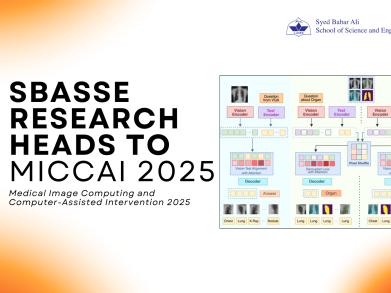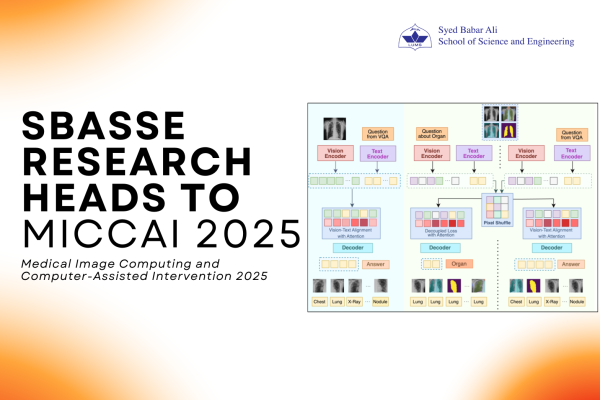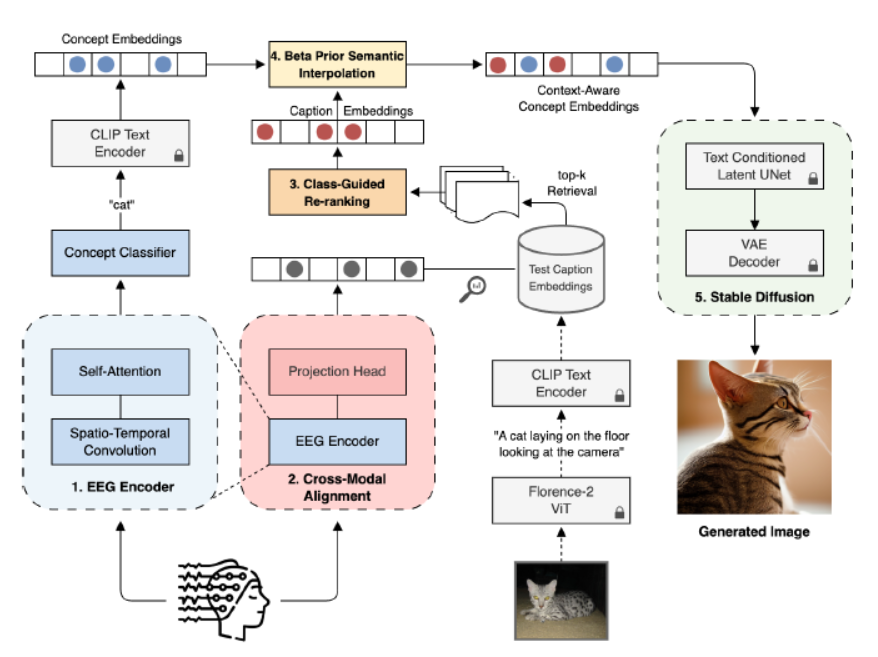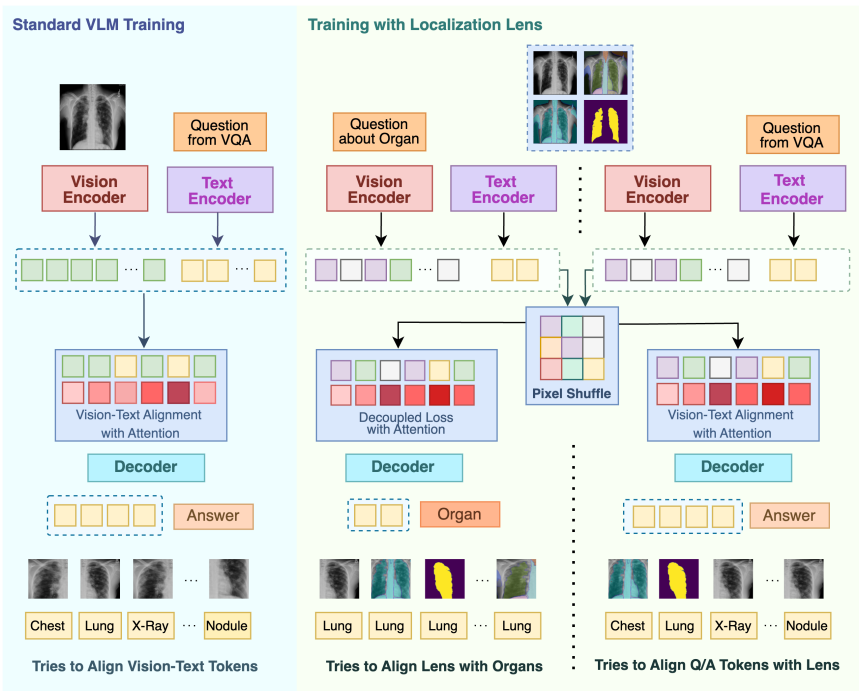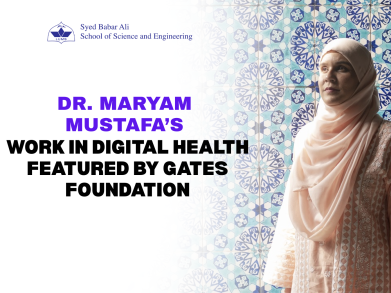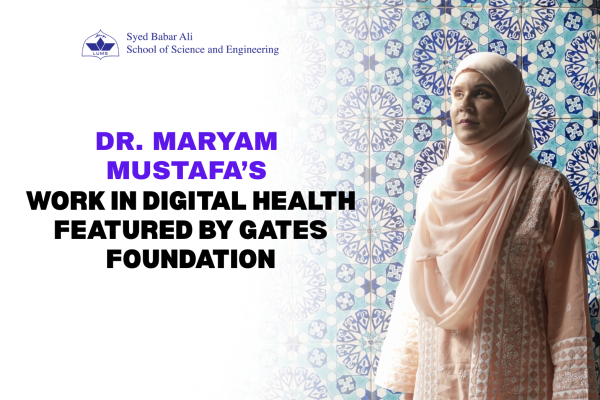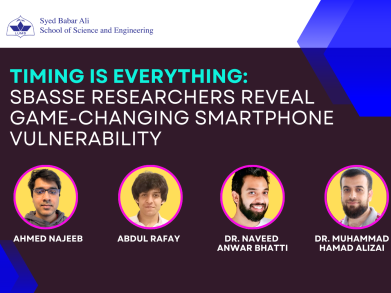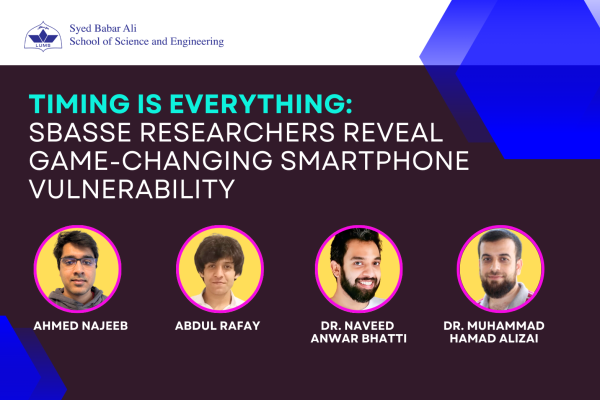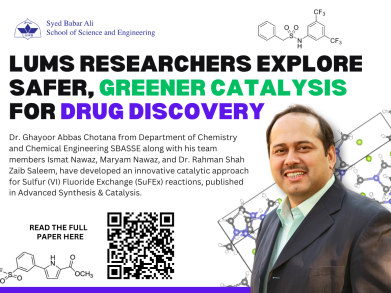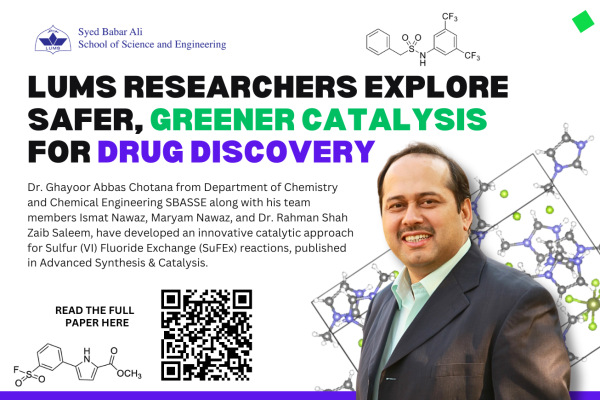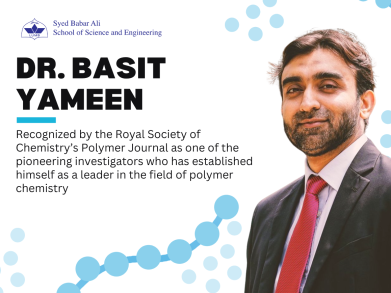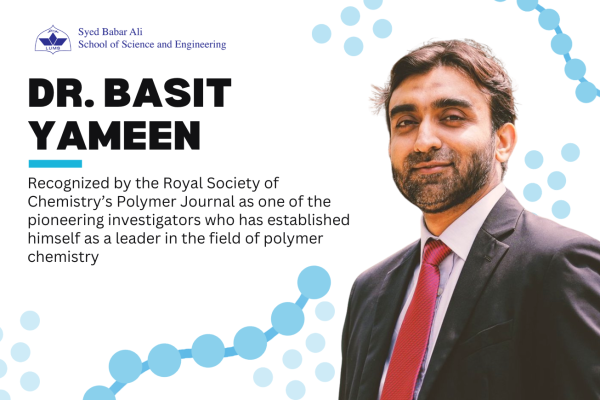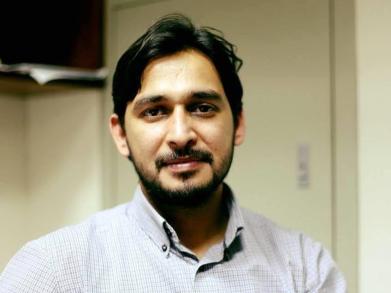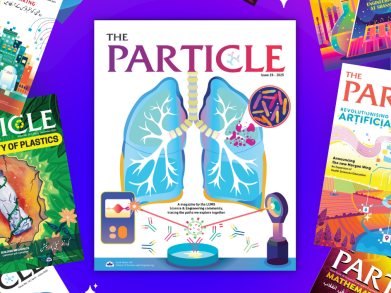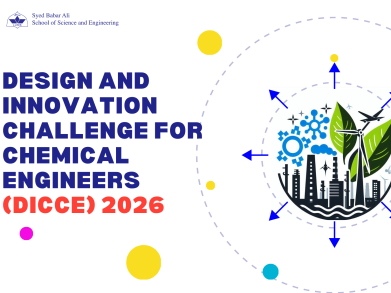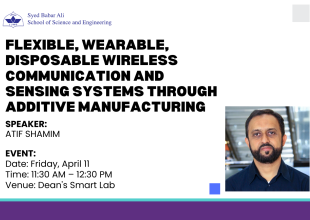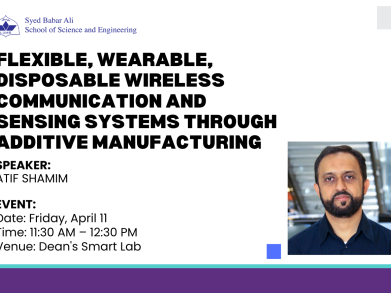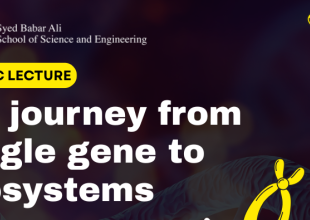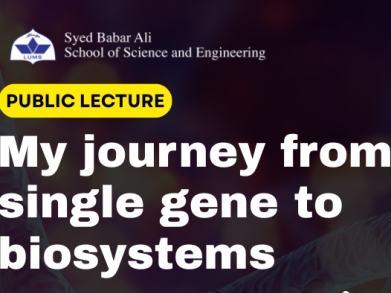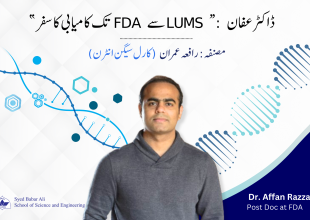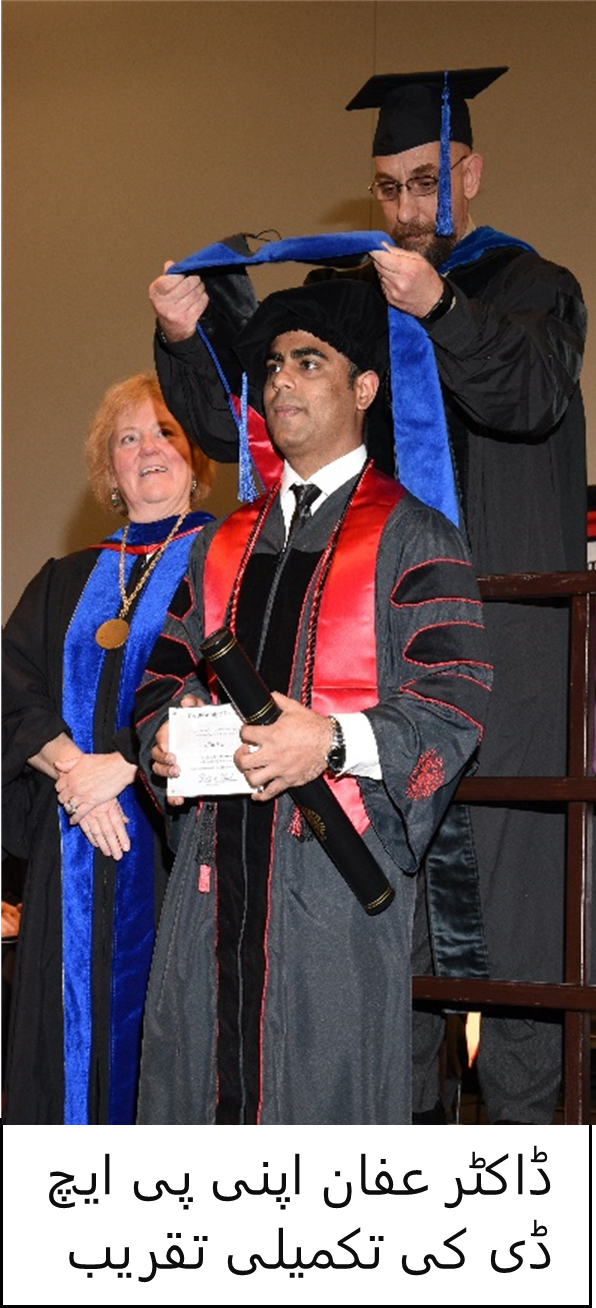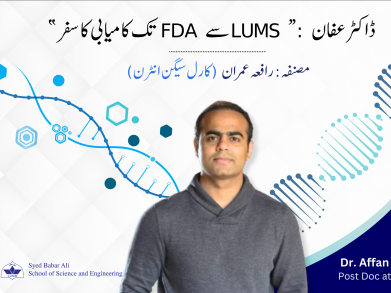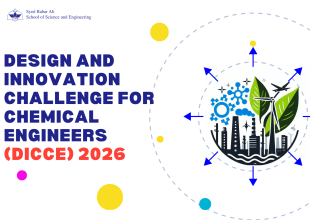
The Department of Chemistry and Chemical Engineering at LUMS is proud to launch the third edition of the Design and Innovation Challenge for Chemical Engineers (DICCE) — a national-level competition designed to empower final-year chemical engineering students across Pakistan.
DICCE challenges students to apply their classroom knowledge to real-world industrial problems through creative, practical, and forward-looking process design. Building on the success of DICCE 2024 and DICCE 2025, this year’s theme centers on industrial innovation and sustainability, encouraging exploration of emerging technologies and climate-relevant engineering solutions.
Who Can Participate
• Final-year undergraduate chemical engineering students from universities across Pakistan
• Teams of up to five students per university, registered through a faculty advisor
How It Works
Each team will have five months to work on a design problem released in September 2025, with support from their advisors. Submissions will be judged by a panel of experts from academia and industry. The winning team will receive a PKR 100,000 cash prize and national recognition, while all participants and faculty advisors will receive certificates.
Important Dates
• Registration Deadline: July 31, 2025
• Competition Launch: September 2, 2025 (problem statement will be emailed to advisors)
• Design Submission Due: February 27, 2026
• On-Campus Poster Presentation & Award Ceremony: April 2026 (date TBA)
Register Here: Link
• Fee: PKR 5,000 per team (non-refundable)
• Each university may register one team only
This is a unique opportunity for students to gain hands-on design experience, connect with peers and professionals, and demonstrate their potential to the academic and industrial community. DICCE projects may also be continued as final-year design projects within home institutions.
For inquiries, please contact: dicce@lums.edu.pk








